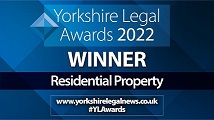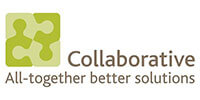Speak to a specialist solicitor at our law firm in North Yorkshire.
Orlando Bridgeman explains the Inheritance Tax rules behind livery businesses
You may find it illogical that a field used for grazing cattle benefits from Inheritance Tax relief (in the form of Agricultural Property Relief (APR)) but where horses graze the field there is generally no relief (with the notable exception of stud farms). Inheritance Tax may therefore be payable at 40% on horse paddocks.
However, another form of relief, Business Property Relief (BPR), can come to the rescue of the taxpayer in the case of livery yards where the livery operator provides substantial day-to-day care of the horse, such as in part or full service livery yards. This type of ‘de luxe’ livery yard is seen as a trading business, which attracts BPR. More basic offerings, such as grass livery or DIY livery (grazing and stabling), can be judged to be an investment business, with no BPR available. The landowner in this latter situation would be deemed to be holding land simply as an investment.
BPR is available to a business which is “wholly or mainly” trading and so arguments can arise with HM Revenue & Customs as to where the dividing line lies between trading and investment activities in the context of livery businesses. This was recently tested in the case of a deceased livery yard owner, Maureen Vigne from Buckinghamshire, where her children successfully argued that Mrs Vigne ran a trading business and that BPR applied to the 30 acres of land and buildings. The tribunal considered various extra services which were provided by the yard beyond DIY livery, which gave it the character of a trading business.
First, the livery operator provided worming products, and administered them to the horses where the owners could not. It was noted that sick horses would damage the reputation of the business so this was an important part of the trade.
Secondly, hay was provided. In a DIY livery, the horse owner would be expected to visit the stable and feed their horse. At Mrs Vigne’s livery, the livery staff did this job.
The third extra service was the removal of manure. DIY livery users would expect to do this themselves – leaving the manure in the field over time could harm the health of the horse. This was another duty carried out by livery staff.
Finally, the yard staff carried out a daily check of the horses’ general health and notified the horses’ owners or offered to call a vet if there were any issues requiring further attention.
It was also considered significant that a Yard Manager was employed, who was required to have a BHS stage 4 qualification in equine management. This would not be required for a DIY livery.
Every case turns on its facts and so it is important to keep evidence of the trading activity and effort put into running a livery yard if it is thought Inheritance Tax may be payable on the death of an owner.
For more information and advice, please contact Orlando Bridgeman at our Malton office on 01653 600070.

















